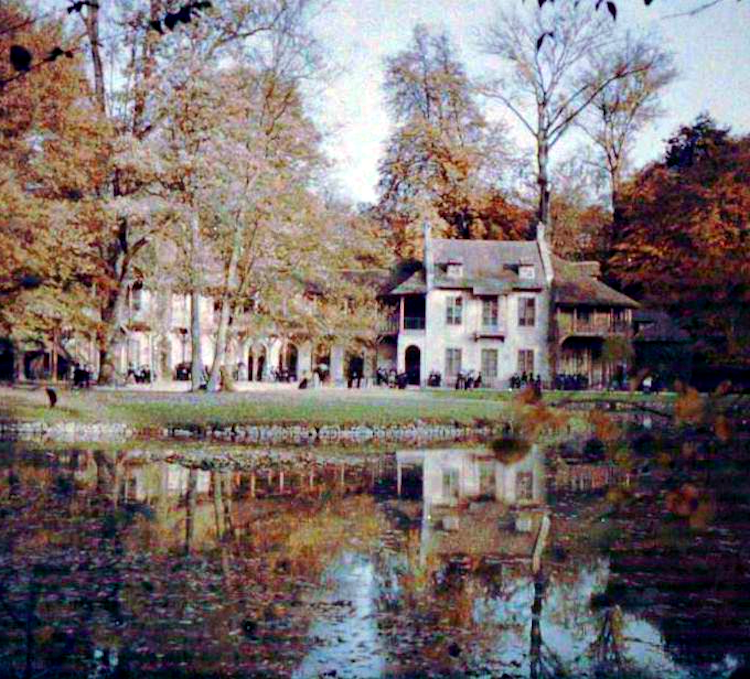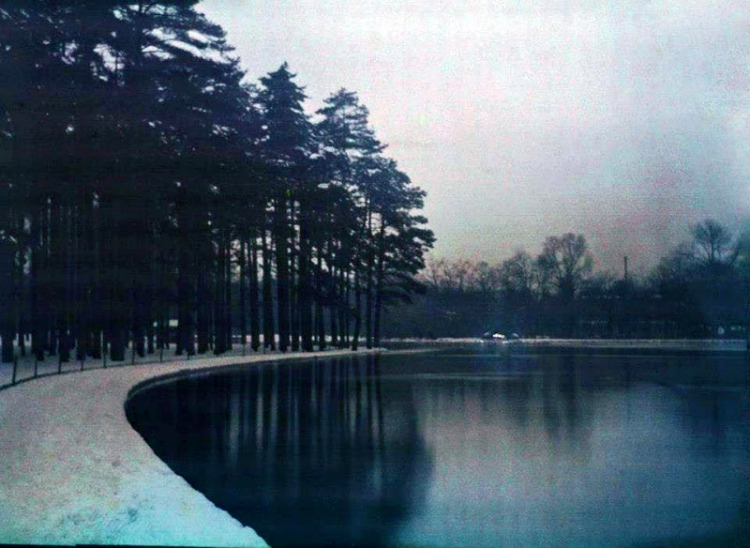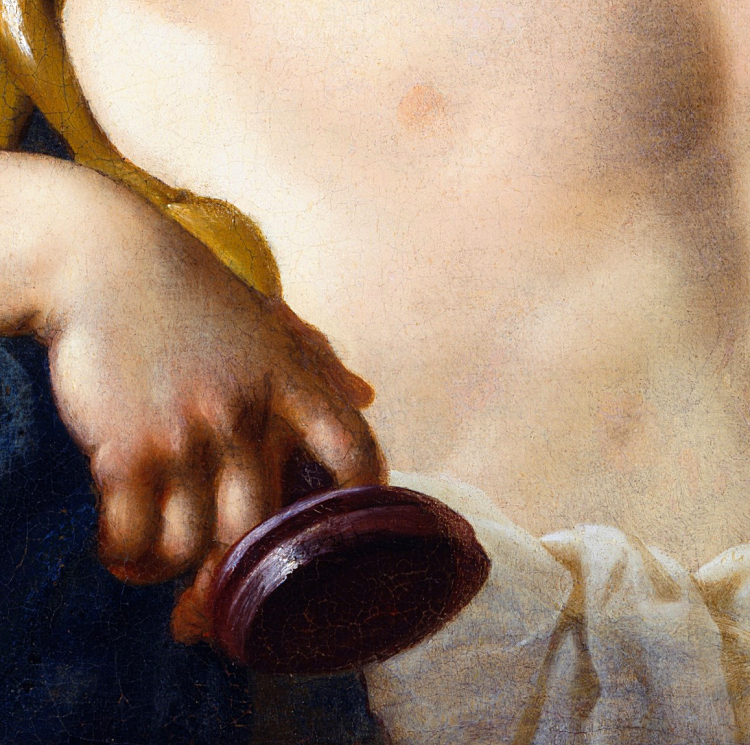 |
| Jan Brueghel the Younger, circa 1627. |
The Coudenberg or Koudenberg - Dutch for "cold hill" - is a small hill in central Brussels. For nearly seven hundred years, the Castle and then Palace of Coudenberg was the seat of government of the counts, dukes, archdukes, kings, emperors, and governors, who from the eleventh century until its destruction in 1731, exerted their sovereignty over the Duchy of Brabant, now part of both the southern Netherlands and northern Belgium.
 |
The widowed Archduchess Isabella and her retinue are pictured enjoying a walk in the palace gardens.
|
Around 1100, the counts of Leuven and Brussels left the valley of the Senne and built their castle on the heights of the Coudenberg from where they could dominate Brussels. With the creation of the Duchy of Brabant in 1183 by the German Emperor Frederik Barbarossa, the Coudenberg gained much in importance and was included within the first great wall built around the city. With the second enclosure of the city, following the 1356 occupation by Louis II of Flanders, the castle was no longer necessary as a primary defense, and it was gradually converted from a military strong point into a residential palace.
After 1430, when Brabant was annexed by inheritance to Burgundy, Philip the Good ordered the building of new wings for the palace, embellishments to the park, and the building of the Aula Magna, an enormous room meant for royal receptions and other important pageantry. The palace passed into Habsburg stewardship by the end of the fifteenth century. During his reign, the Flemish born Charles V, Holy Roman Emperor, ordered the creation of the Place des Bailles in front of the palace, the building of galleries and rooms in Renaissance style, and the construction of the late Gothic style chapel, in memory of his parents.
 |
| Unknown artist, circa the sixteenth century. The garden in the foreground was only a creation of the artist's imagination. |
 |
| Unknown artist, circa 1515-1548 (?). |
 |
| Unknown artist (?), circa 1620. |
In the seventeenth century, as rulers of the Spanish Netherlands, Archduke Albert VII and his wife Isabella, daughter of King Philip II of Spain, established their court on the Coudenberg. They restored the façade of the palace, transformed the buildings, and refitted the apartments and gardens. And as great art lovers, they filled the palace with works by important artists, the likes of Brueghel and Rubens.
 |
| Studio of Jan Brueghel the Younger, before 1621. The Archduke Albert VII and Archduchess Isabella are seen savoring the delights of the palace gardens. |
 |
| Daniel and Jan-Baptist van Heil, circa 1630. Again, the widowed Archduchess Isabella is portraying walking in the palace gardens. |
 |
| In her widowhood, the Archduchess joined the Secular Franciscan Order and became a nun. |
 |
| Johannes Blaeu, 1649. |
 |
| Flemish School, circa 1650. |
 |
| Jan van der Heyden. circa 1660s. |
 |
| Jan van der Heyden. circa 1670s. |
 |
| Gillis van Auwerkerken, circa 1670-1700. |
 |
| Though attributed to Ignatius van der Stock and dated to the first decades of the 1600s, the attire of the riders appears to be from early in the following century. |
 |
| Andreas Martin, 1726. |
By 1731, Brussels was part of the Austrian Netherlands, governed by Archduchess Marie Elisabeth. On the night of 3/4 February a fire broke out - depending on the source, either in her apartments or the kitchens - and quickly engulfed the entire palace. The freezing conditions made it difficult to deliver any water and the means of fighting the fire were grossly insufficient. By the morning, the palace was in ruins with countless works of art destroyed along with the governmental archives. Of the Aula Magna, only the high walls remained standing. Only the chapel, the stables, the library, the page house and the venery had been spared.
*
The Place Royale which replaced the palace ruins today features several of the city's main museums and, most prominently, the Église Saint-Jacques-sur-Coudenberg. Even thought the area was significantly leveled in the eighteenth century, after several years of recent excavations, the archaeological vestiges of the palace and its foundations - the lower rooms of the buildings that partially survived the fire - have been exposed and are now open to the public.















































































